Volleyball Referee Terminology
- Ace - A serve that results directly in a point because the ball lands in the opponent’s court without being touched.
- Antenna - Vertical rods attached to the net above the sidelines that mark the out-of-bounds along the net.
- Assist - A set or pass that leads directly to a kill.
- Attack Line - A line 3 meters (10 feet) from the net, dividing the front and back rows.
- Back-Row Attack - An illegal attack by a back-row player when they jump to hit the ball in front of the attack line.
- Ball Handling Fault - A violation involving improper contact with the ball (such as a double hit or carry).
- Baseline - The back boundary line of the court.
- Block - A defensive action where players at the net attempt to prevent the ball from crossing into their court.
- Blocking Fault - A violation during a block attempt, such as touching the net or reaching over the net illegally.
- Captain - The team leader who communicates with the referees on rule clarifications.
- Carry - When a player holds or lifts the ball rather than hitting it cleanly.
- Centerline - The line beneath the net that divides the court into two equal halves.
- Check-In - A substitution process where a player enters the game.
- Coin Toss - Used before the match to determine serve or side choice.
- Communication - Effective verbal and non-verbal interactions between referees, players, and coaches.
- Court Boundary - The perimeter lines marking the legal playing area.
- Cover - A backup move to prevent a blocked ball from hitting the ground.
- Crosscourt - A ball that travels diagonally across the net and court.
- Decoy - A player who jumps to draw the blockers but is not involved in the play.
- Default - A match loss due to a team failing to appear or comply with the rules.
- Delay of Game - An intentional action that slows the match.
- Delay Sanction - Penalties such as warnings or point loss for stalling.
- Double Contact - A player contacting the ball twice in succession, considered a violation unless the first touch is a block.
- Double Fault - When both teams commit a fault on the same play, leading to a replay.
- Double Hit - Illegal touching of the ball twice in a row by the same player.
- Drift - The movement of blockers along the net during an opponent's attack.
- Drop Ball - A ball that falls untouched after a serve.
- Foot Fault - A violation where a player steps on or over the service line during a serve.
- Forearm Pass - Also known as a bump; a method of passing the ball using the forearms.
- Free Ball - A ball that is easily returned over the net without an aggressive attack.
- Frontcourt - The area of the court between the net and the attack line.
- Held Ball - A ball that comes to rest or is not cleanly hit, resulting in a fault.
- Illegal Alignment - A team formation violation, such as improper rotations during the serve.
- Illegal Attack - A back-row player attacking the ball above the net from in front of the attack line.
- Illegal Block - Blocking a ball that is not above the net or blocking a serve.
- Illegal Contact - A violation involving an improper touch of the ball (e.g., carry, double hit).
- In-Play - A ball that is legally in play and has not landed out of bounds.
- In-Bounds - A ball that lands within the court’s boundaries.
- Isolation Play - A strategic play designed to draw the blocker away from the primary hitter.
- Joust - When players from opposing teams simultaneously contact the ball above the net.
- Jump Serve - A serve where the server jumps and strikes the ball from the air.
- Kill - A successful attack that results in a point or side out.
- Line Judge - Officials positioned at the corners of the court responsible for signaling whether the ball lands in or out.
- Libero - A specialized defensive player who wears a different-colored jersey and can replace any back-row player.
- Libero Tracker - Official responsible for monitoring libero substitutions.
- Match - A series of sets played to determine a winner.
- Match Point - A situation where the serving team is one point away from winning the match.
- Miscommunication - A breakdown in communication between teammates, often leading to errors.
- Multiple Substitutions - When more than one player is substituted in or out at a time.
- Net Fault - A violation where a player touches the net during play.
- Net Serve - A serve that hits the net but still lands in bounds, allowed in play.
- Overhand Pass - A pass made by contacting the ball with both hands above the head.
- Overpass - A ball that crosses the net unintentionally due to a poor pass or dig.
- Overlap - When players are out of their correct positions during the serve.
- Out of Bounds - Any ball that lands outside the court's boundaries.
- Out of Rotation - When a team fails to follow the correct rotational order during a serve.
- Over-the-Net Fault - A violation where a player touches the ball over the opponent's side of the net.
- Pancake - A defensive move where the player dives to keep the ball in play by placing a flat hand on the ground.
- Penalty - A punishment for a rule violation, such as losing a point or side out.
- Penalty Area - The designated area where players must stand after receiving a red card.
- Playover - A replay of a rally due to a fault committed by both teams or an external interruption.
- Point - Awarded to the team that wins a rally.
- Quick Set - A low, fast set intended to catch the defense off guard.
- R1 (First Referee) - The head official, positioned on the referee stand, responsible for the overall conduct of the match.
- R2 (Second Referee) - The assistant official, located on the opposite side of the court, responsible for substitutions and monitoring violations.
- Replay - When the point is replayed due to an official’s decision.
- Rotation - The movement of players on the court after a side-out.
- Screening - When players obstruct the opponent’s view of the server, resulting in a violation.
- Set - A game within a match; typically, a team must win three sets to win the match.
- Setter - A player whose main responsibility is to set the ball for attackers.
- Service Area - The area behind the end line where a player must serve the ball.
- Service Fault - Any error committed during a serve, such as a foot fault or serving out of bounds.
- Set Point - A situation where the serving team is one point away from winning the set.
- Side-Out - When the receiving team wins the rally and gains the right to serve.
- Six-Pack - When a blocker gets hit in the face by a ball from an attacker.
- Spike - An aggressive, downward hit of the ball aimed at scoring a point.
- Substitution - Replacing one player with another during the game.
- Substitution Area - The designated zone near the scorer’s table where players must check in for substitutions.
- Timeout - A stoppage of play called by a coach or player to rest, regroup, or discuss strategy.
- Tip - A soft, controlled hit that lands near the net to confuse the defense.
- Touch - When the ball touches a player before going out of bounds, often signaled by the line judge.
- Transition - The shift from defense to offense or vice versa during a rally.
- Underhand Serve - A serve where the player swings their arm from below the waist to hit the ball.
- Yellow Card - A warning issued by the referee for minor unsportsmanlike conduct.
- Red Card - A penalty that results in the loss of a point or expulsion from the set.
- Back-Row Setter Violation - When a back-row setter jumps to set the ball above the height of the net and the ball crosses the net.
- Ready Position - The stance a player takes before the ball is served, with knees bent and arms ready.
- Replay Point - A situation in which the point is replayed due to simultaneous fouls or outside interference.
- Second Ball Attack - A strategy where the setter attacks the ball on the second touch instead of setting it for a teammate.
- Service Error - A failed serve resulting in a point for the receiving team.
- Switching - A strategy where players switch positions immediately after the serve to get into their preferred playing roles.
- Three-Meter Line - Also known as the attack line, it is the line three meters from the net that separates the front row from the back row.
- Timeout Limit - The maximum number of timeouts allowed per team per set, typically two in high school volleyball.
- Touch Call - A signal by the line judge indicating that the ball touched a player before going out of bounds.
- Transition Offense - The change from defense to offense when the defending team successfully passes the ball and prepares to attack.
- Under-the-Net Violation - A fault that occurs when a player crosses completely under the net into the opponent’s court.
- Unsportsmanlike Conduct - Behavior by a player, coach, or team member that disrespects the game, officials, or opponents, leading to a warning (yellow card) or penalty (red card).
- Violation - A rule infraction resulting in a point for the opposing team.
- Waist High Contact - Refers to the height at which the ball can be contacted legally by players, ensuring it is not carried or held.
- Whistle - The sound device used by referees to start, stop, and control the match. The first referee initiates play by blowing the whistle for the serve.
- Wipe - A hitting technique where the attacker deliberately hits the ball off the blocker’s hands and out of bounds to score a point.
- Wing Span - The measurement of the arm spread of a player, important for blocking and reaching during defensive plays.
- Yellow Card - A warning issued by the first referee for minor infractions, such as unsportsmanlike behavior.
- Zonal Defense - A defensive strategy where each player covers a specific area of the court rather than following a specific opponent.
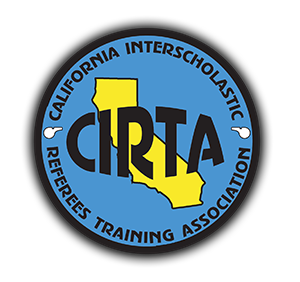

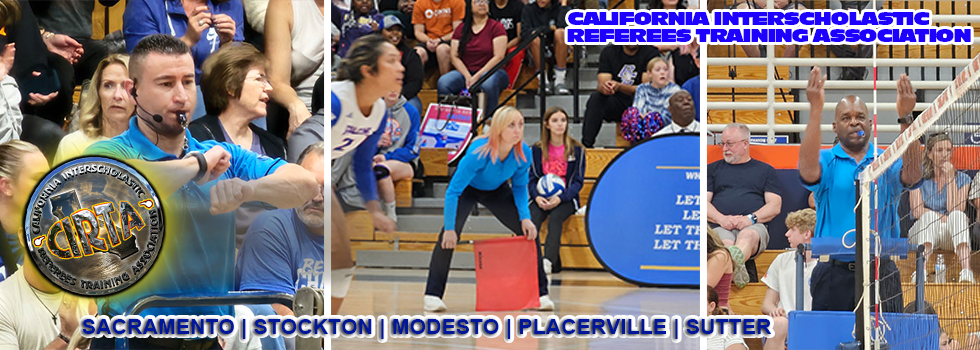
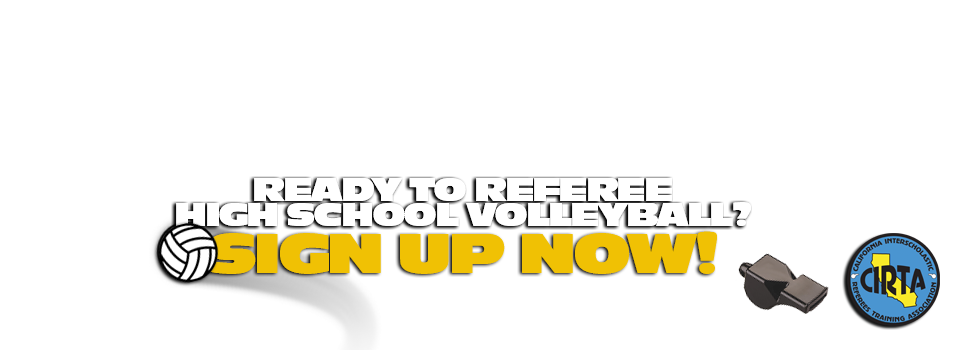

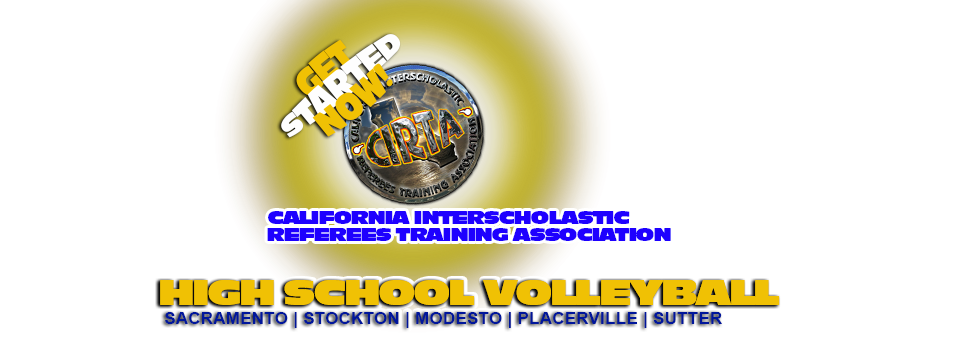

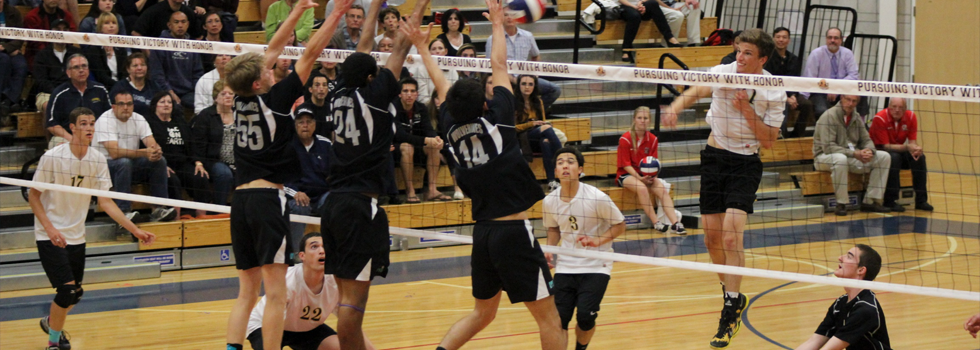

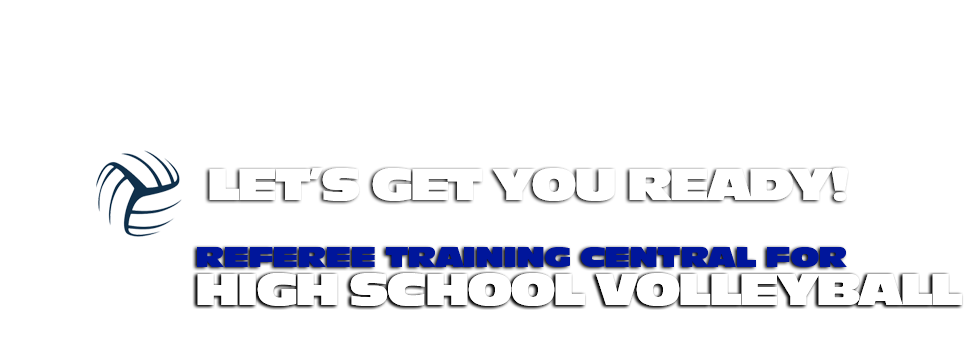


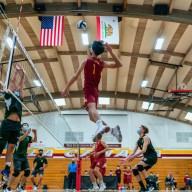

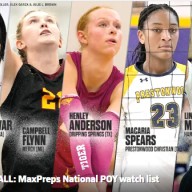


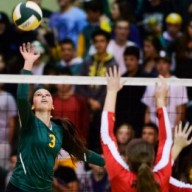
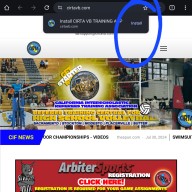
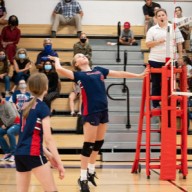











Add comment